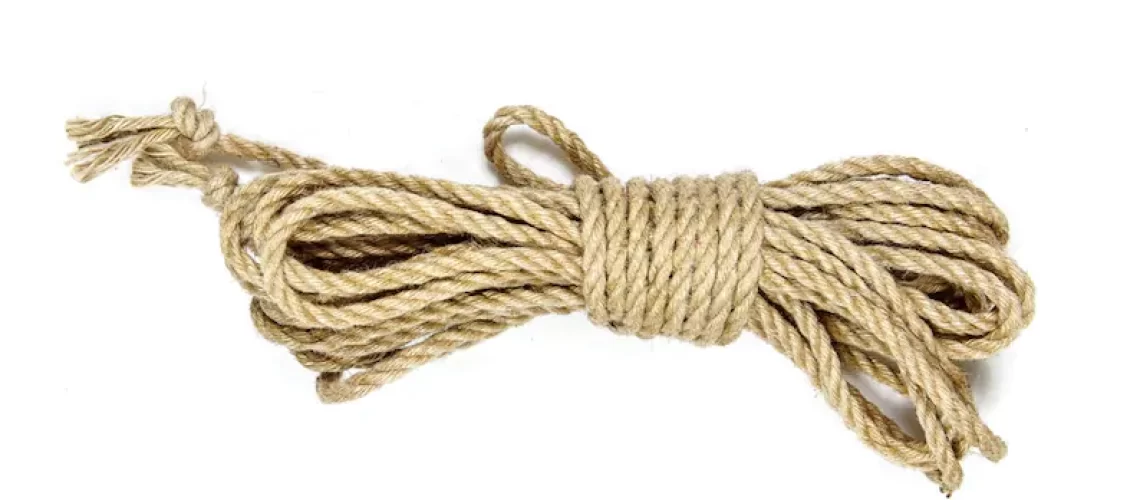Introduction
In the intricate and expressive world of Shibari, the art of Japanese rope bondage, a fascinating evolution is underway. Rooted in ancient Japanese traditions, Shibari has journeyed through centuries, transforming from a practical restraint technique to a profound form of artistic and emotional expression. Today’s contemporary Shibari artists are at the vanguard of reinventing this classic art, infusing it with modern sensibilities and innovative approaches. This article explores how these artists are respectfully transforming Shibari, creating a mesmerizing blend of the old and new.
The Historical Essence of Shibari
Origins and Evolution
Shibari’s origins can be traced back to Hojōjutsu, a martial art used by Samurai in feudal Japan to restrain prisoners. Over time, these utilitarian techniques evolved into an art form known as Kinbaku, focusing on aesthetics, communication, and trust. Traditional Shibari is characterized by intricate patterns and knots, serving both functional and aesthetic purposes.
Traditional Shibari Techniques
Traditional Shibari is distinguished by its precision, symmetry, and specific knotting techniques. These methods are deeply rooted in the cultural and artistic heritage of Japan, reflecting the discipline and artistic sensibility of its practitioners.
Modern Interpretations of Shibari
Breaking the Molds
In contemporary contexts, Shibari has expanded beyond its original purpose, becoming a medium of artistic expression, personal exploration, and even therapeutic practice. Modern artists experiment with various materials like colored and textured ropes, and incorporate elements from different artistic disciplines, including performance art, photography, and sculpture.
Emotional Connectivity in Modern Shibari
While traditional Shibari emphasizes technical precision, modern practitioners often focus on asymmetry, improvisation, and the emotional connection between the rigger and the model. This shift highlights a broader understanding of Shibari as a form of communication and personal expression.
The Role of Technology and Social Media
Global Reach and Community Building
The advent of social media and digital platforms has significantly influenced the spread and evolution of Shibari. Artists share their work online, reaching global audiences and fostering a diverse community. Online tutorials and workshops have made Shibari more accessible, promoting experimentation and collaboration.
Ethical Considerations and Cultural Sensitivity
Navigating Cultural Dynamics
As Shibari gains popularity in Western cultures, the conversation around cultural appropriation and respecting its Japanese origins intensifies. Modern practitioners engage in discussions about ethical implications, emphasizing consent, safety, and cultural sensitivity.
The Future of Shibari
Evolution and Adaptation
The future of Shibari lies in its adaptability and growth potential. As artists continue to push boundaries, Shibari is expected to evolve in ways that honor its history while reflecting the changing landscape of contemporary art and expression.
In conclusion, modern Shibari artists are not just tying knots; they are weaving a rich tapestry that blends tradition with innovation. This evolution of Shibari underlines the art form’s unique capacity to adapt, resonate, and inspire across different cultures and generations.





